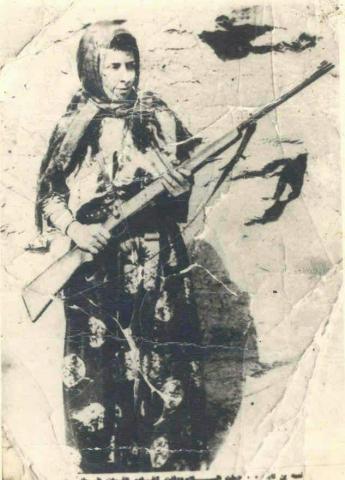
By: Amal Hezam
When looking at various aspects of the October 14 Revolution, it becomes clear that the contribution of women to that revolution is often overlooked.
Women in South Yemen played a vital role during the war of liberation and independence.
They supported the revolutionaries by providing food, water, and first aid, as well as assisting in transportation to villages and mountains. Women were actively involved in education and played an important political role, participating in organizing the National Front and engaging in peaceful struggles through labor unions.
This was a pivotal moment in Yemen's history, as many women joined the Arab Women's Association for public activism.
Yemeni women have actively struggled, fought, and contributed to various forms of political liberation since the beginning of the October 14 Revolution.
They resisted occupation, rejected colonial dominance, and increased political awareness through campaigns in social circles, charities, and workplaces.
Yemeni women, like Samira Qaid Mohammad, played a significant role in the October Revolution.
Samira, a respected figure from Aden and a symbol of freedom in Yemen, reminisced on the memories of the revolution.
She also highlighted how the oppressive conditions under colonialism and the rule of the imamate led both men and women to join armed resistance against British colonialists in the south and defend the September Revolution in the north.
Yemeni women played a prominent role in both the October 14 Revolution in the south and the September 26 Revolution in the north, supporting their revolutionary counterparts against the ruling clerical front.
While their impact was more evident in the October 14 Revolution due to diverse social and political contexts, they further strengthened their influence after the success of the September Revolution and the establishment of the republican system.